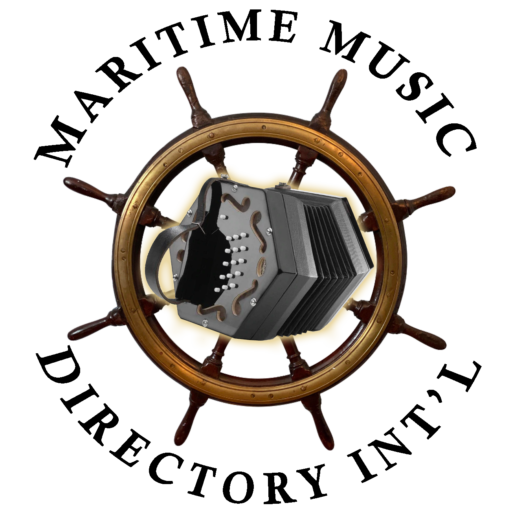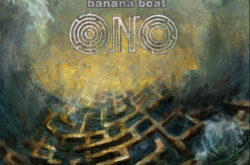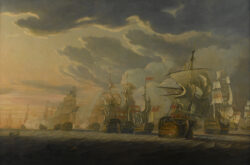Vasco da Gama reaches India (20 May 1498)
Portuguese explorer Vasco de Gama becomes the first European to reach India via the Atlantic Ocean when he arrives at Calicut on the Malabar Coast on May 20, 1498.
Da . . .
David HB Drake offers Shorelines program
Veteran folk and maritime musician David HB Drake has made available on YouTube his “Shorelines” concert. It can be viewed here.
Drake, a resident of Milwaukee, . . .
Drake Assaults Cádiz (29 Apr 1587)
In 1585 the tension between the England and Spain erupted into the Anglo-Spanish War of 1585–1604. Philip II ordered the arming of a great military fleet, which was to . . .
Interesting NPR show on sea shanties, pirates, lighthouses, white whales and more
This is an interesting listen for maritime music and sea shanty fans. Interviewer Davis Dunavin features some prominent names from the contemporary music scene, along with . . .
Sir Richard Runciman Terry Dies (18 April 1938)
In 1921, in an obvious departure from his church music, he edited the Curwen edition of ‘The Shanty Book (Part 1)’. The foreword was written by Sir Walter Runciman, . . .
Joanna Colcord Dies (8 April 1960)
Joanna Carver Colcord (March 18, 1882 – April 8, 1960) was pioneering social worker, and author. Born at sea, she was also notable for publishing texts on the language, . . .
The Quartermasters release Sea Tales
The Quartermasters have released a three-song EP called Sea Tales. Songs included are, “The Wreck of the Liberty Bell”, “Silver Darlings”, . . .
John Townley Releases His Albums on Bandcamp
Maritime music legend John Townley has made his catalog of albums available to purchase as compact disks or for digital download on Bandcamp. John’s history with . . .
Poland’s Banana Boat Releases New Album
Banana Boat is a famous “Neo-Shanty” band from Poland and they have just released their latest album, ONO. This band has performed all over the world, making . . .
St. Patrick’s Song released by Tom Lewis
Today, Sunday, March 16, 2025 veteran maritime music performer Tom Lewis released his joyful new tune on YouTube, St. Patrick’s Song. Tom writes, “Coming . . .
Ewan MacColl Albums Available Again
The Maritime Music Directory International is very pleased to share that the many maritime-themed albums by the esteemed Ewan MacColl are now readily available . . .
U.S.S. Monitor battles C.S.S. Virginia
On March 9, 1862, one of the most famous naval battles in American history occurs as two ironclads, the U.S.S. Monitor and the C.S.S. Virginia, fight to a draw off Hampton . . .
Pressgang Mutiny Promotes New Album
Hi all,
I’m part of Pressgang Mutiny and we are in the final stages of producing our third album which, while still all shanties, is VERY different from our previous . . .
“Patrick has gone to join the stars.”
“Patrick has gone to join the stars.”
— Miguel Biard, on a Facebook post on 17 Feb, 2025
Patrick Denain was a memorable, French musician. He worked to . . .
“The most daring act of the age” (1804)
U.S. Navy stages daring mission during First Barbary War (February 16, 1804)
During the First Barbary War, U.S. Lieutenant Stephen Decatur leads a military mission . . .
Battle of Cape St. Vincent (14 Feb 1797)
The Battle of Cape St. Vincent (14 February 1797) was one of the opening battles of the Anglo-Spanish War (1796–1808), as part of the French Revolutionary Wars, where . . .
Schooner Lyman M. Law Sunk (2 Feb 1917)
The Austrian submarine U-35 bombs and sinks the American schooner Lyman M. Law in the Mediterranean Sea off the coast of Cagliari, Sardinia. The Lyman M. Law, captained . . .
John Roberts Dies 3 Feb 2025
A Message From Lisa Preston:
“I am utterly heartbroken to have to share with you that my partner of over forty years, John Roberts, the wonderful traditional folk singer . . .










